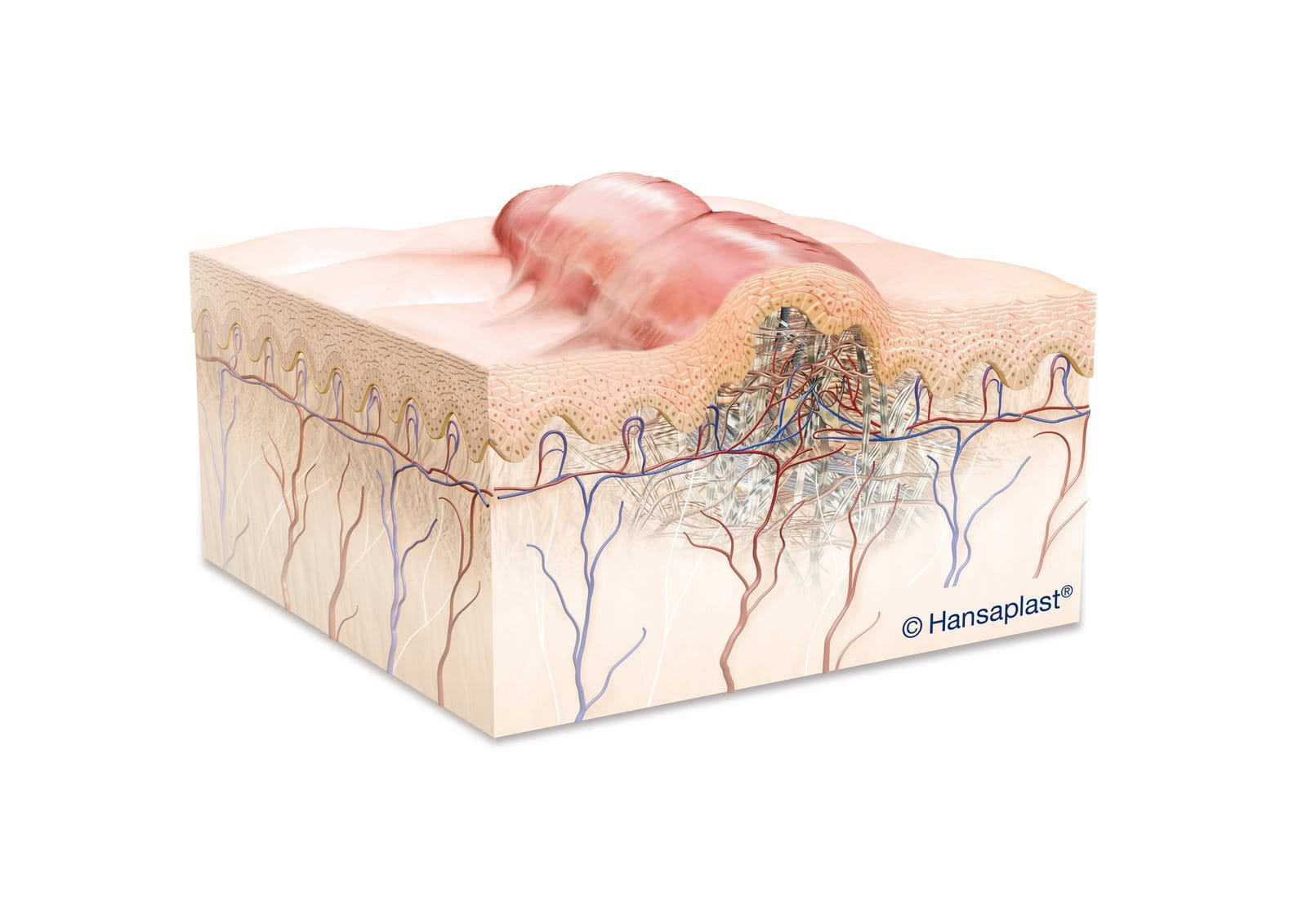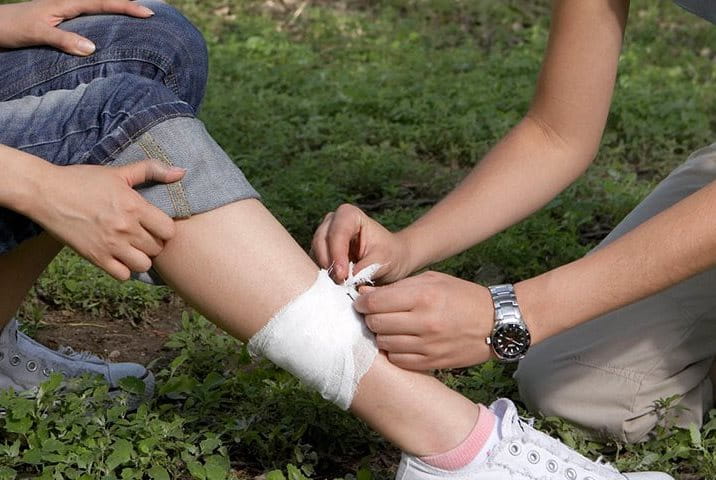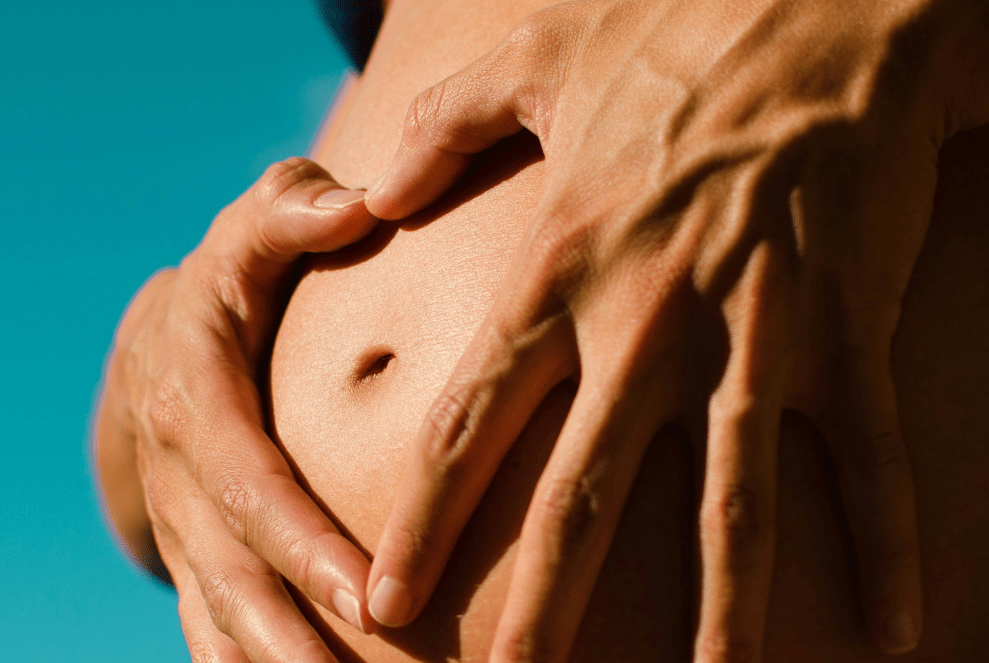What are keloid scars?

Keloids are scars which emerge after a couple of months and spread beyond the original wound area because of an overproduction of collagen, the most abundant protein in the human body.
A keloid scar appears raised or enlarged, and can be red, pink or purple at first, before becoming pale, skin-coloured or darker than the neighbouring skin. These lumps are usually hairless, shiny and hard.
They are similar to hypertrophic scars, though hypertrophic scars do not extend past the original field of skin damage so they're smaller and can disappear on their own over time.
What causes keloids to form?
Keloid scars develop as a result of injury, inflammation, burns or very minor skin damage from a piercing, vaccination site, or acne spot, for example, which can then lead to excessive collagen deposition. They have an unpredictable evolution, meaning they can arise soon after the injury or not until months later. Keloids then spread beyond the borders of the original wound, sometimes lasting for years.
While most of us never develop a keloid scar, an estimated 10% of people do. Men and women are equally as likely to form keloids, while other contributing factors include:
- Darker skin tone
- Aged below 30
- Family history of keloids
- Pregnancy
- Being of Asian or Latino descent
- Systemic diseases, thyroid problems, hypertension
Symptoms of keloid scars
Keloids aren't harmful to your health, but they can lead to cosmetic concerns or confidence issues if they're located somewhere very visible, such as the face or earlobe. While most keloid scars are usually painless, some people experience the following symptoms:
- pain in the centre
- tenderness
- itching where the keloid meets normal skin
- a burning sensation
- restricted movement if the keloid is on a joint
How to reduce the risk of scarring

- Wound cleansing: As infections may increase the risk of abnormal scarring, always make sure that the wound is properly cleansed from particles, dirt and bacteria. Use the Elastoplast Wound Spray to cleanse the wound fast and easily.
- Wound protection: Make sure the wound is covered with an appropriate plaster or sterile wound dressing from Elastoplast. This will protect the wound from germs and bacteria which might enter the wound, delay wound healing and possibly cause wound infection.
- Moist wound healing: To reduce the risk of scarring and support a faster wound healing, experts recommend moist healing conditions. Apply the Elastoplast Wound Healing Ointment to create optimal healing conditions and support a fast wound healing with reduced risk of scarring.
Tips to prevent scars from forming
- Protect wounds and newly formed scars from the sun rays.
- Do not expose wounds and newly formed scars to extreme temperatures.
- Avoid exercises or activities that cause tension to the scar tissue.
- Only have stitches removed when suitable, because taking them out too early or delaying the process can interfere with wound healing.
- Avoid deliberate cuts or breaks in the skin like tattoos or piercings, especially on the earlobes.
How to get rid of keloid scars

For scar treatment, use Elastoplast Scar Reducer Patches to reduce the visibility of raised and coloured scars, while making them flatter, softer and lighter. These discreet, transparent scar reducer patches are made of flexible and breathable material.
They are a safe and efficient way to effectively reduce raised and coloured hypertrophic scars or keloid scars, with first results noticeable after three or four weeks.
Treatments for keloid scars
Surgical removal may be recommended for very large keloid scars, or an older keloid, which must be performed by a specialised plastic surgeon to ensure tension is minimised during wound closure. After surgery, the rate of return for keloid scarring can be high, but the benefits of removing a large keloid may outweigh the risk of post-surgery scarring. Studies support surgery and post-operative radiotherapy as a long term solution to keloid growth, though the radiation carries a very small risk of long-term development of cancer (less than 0.07%). This small risk must be weighed against this solution to keloid scars.
Cryosurgery, which involves freezing early scars with liquid nitrogen to prevent them from growing, is another effective keloid scar treatment. After surgery, your doctor may then recommend corticosteroid injections to reduce inflammation and lower the risk of the keloid returning.
Laser therapy uses high beams of light to resurface the keloid to reduce redness and create a smoother appearance with the surrounding skin. However, this does not make the scar any smaller and there's a risk this can actually increase scarring. Laser treatment is also used for other types of skin scarring, all carrying similar benefits and risks. Other treatment options include silicone gel, pressure dressings, emollients, corticosteroid injections, oral or topical tranilast (to inhibit collagen synthesis) and skin needling.






